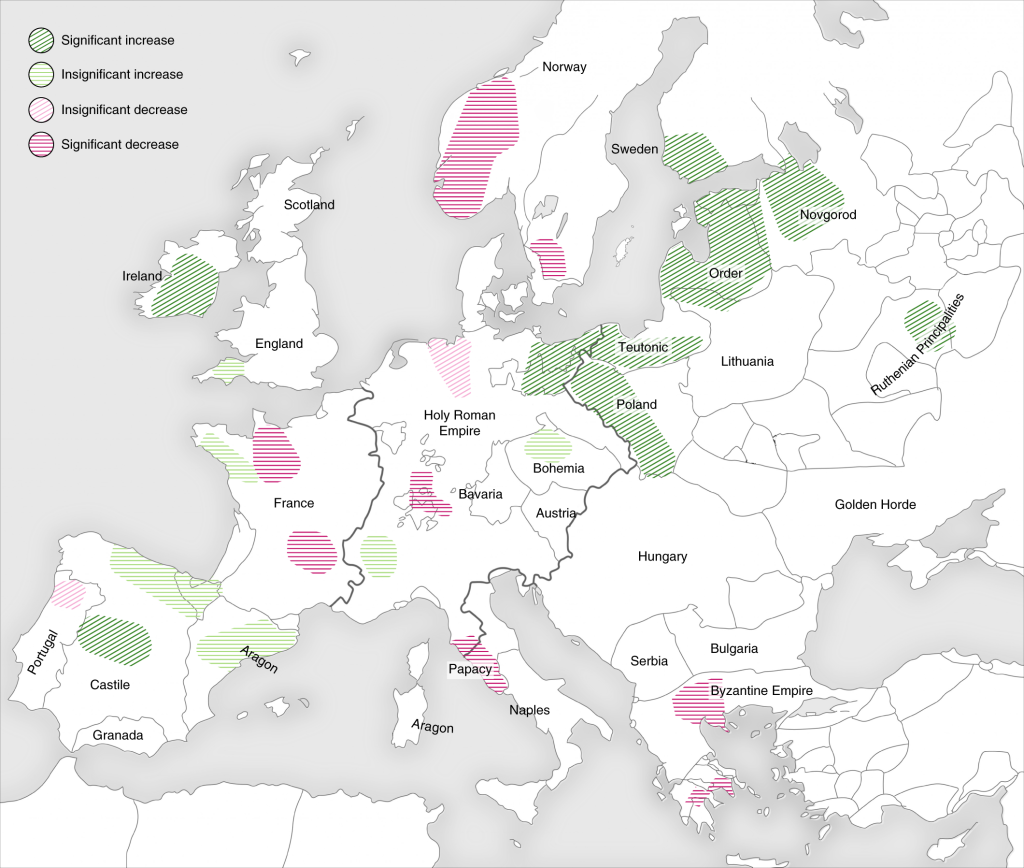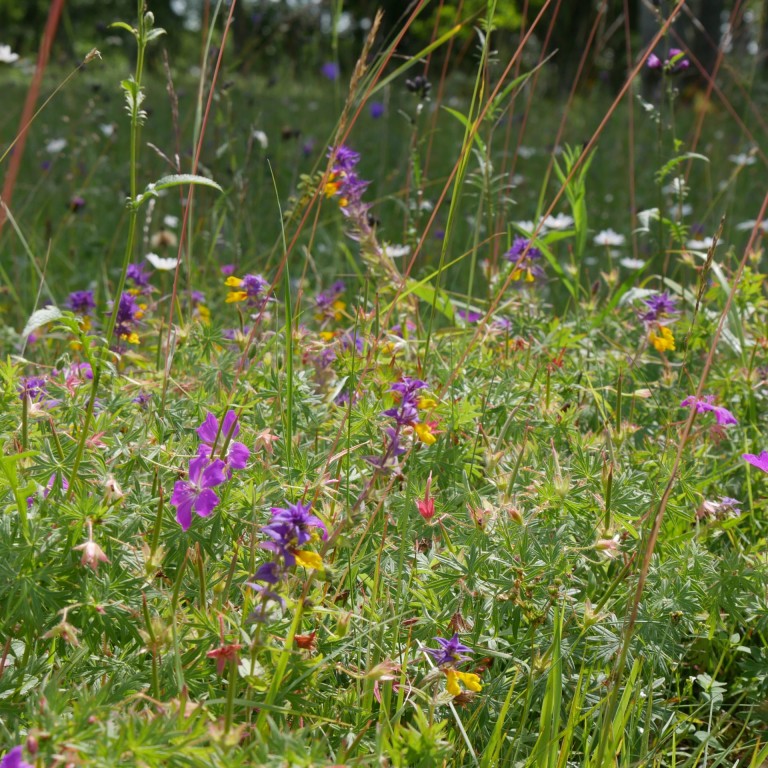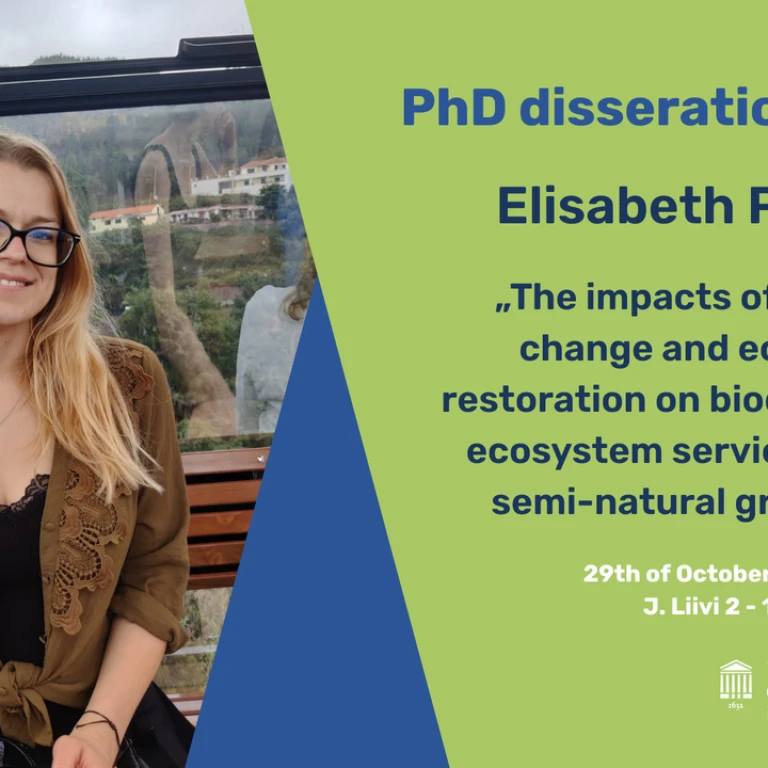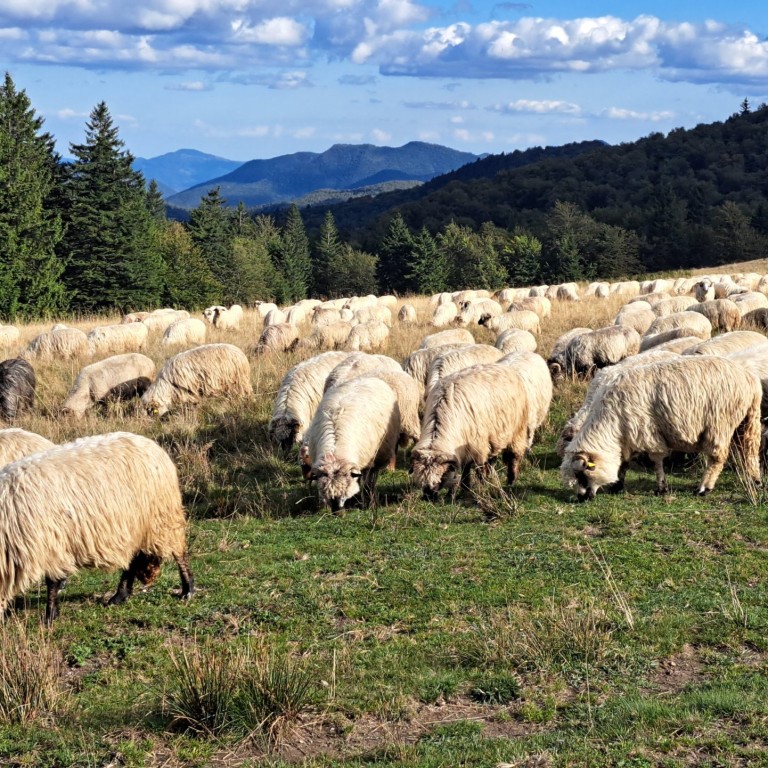
An exciting pan-European study of the ecological footprint of the great plague of the 14th century - Black Death, published in the journal Nature Ecology and Evolution on February 10th. The co-authors of the article from Estonia are Triin together with the paleoecologists of Tallinn University of Technology.
It is still estimated that the plague epidemic known as the Black Death killed almost half of the European population between 1347 and 1352. Historians' estimates of the extent of the plague so far are mostly based on urban data, with around 75% of Europeans living in rural areas in the 14th century, and little information is available on the prevalence of Black Death in rural areas.
The article used fossil pollen from lake sediments and bog peat to assess the extent of Black Death, giving us information about ancient plant communities. As a result of widespread human mortality, agriculture in the area is declining and fields are being overgrown - this can also be seen in fossil pollen, where the share of woody plants is increasing. With the help of fossil pollen, the article highlights areas where there was indeed a significant reduction in arable land in the 14th century - Scandinavia, France, south-west Germany, Greece and central Italy - which also supports the high mortality observed in medieval sources. At the same time, the study showed that in quite a number of regions, including much of Central and Eastern Europe, as well as in many parts of Western Europe, life continued in a rather natural way and the impact of Black Death in those regions was not as drastic as previously thought.
Read the article here and the Estonian summary of the article here.
Izdebski, A., Guzowski, P., Poniat, R. ... Reitalu, T. ...Masi, A. (2022) Palaeoecological data indicates land-use changes across Europe linked to spatial heterogeneity in mortality during the Black Death pandemic. Nat Ecol Evol. https://doi.org/10.1038/s41559-021-01652-4
Changes in the population over the century derived from pollen. The shades of dark green and red indicate a significant increase and decrease, respectively.



